Multiple Stable Oxidation States
Oxidation States Refer To The Atom's Electronegativity Level, Or The Electron's Affinity For The Nucleus, In A Molecule Or Compound. An Oxidation State Is Usually Represented By A Signed Number, For Example +3 Or -2, Which Is Called The Oxidation Number. In Certain Molecules, Multiple Oxidation States Are Possible Due To A Unique Characteristic Known As Variable Oxidation State. Variable Oxidation States Occur When Electrons Are Not Shared Equally Between Two Atoms. This Occurs For A Group Of Transition Elements That Have 3 Or More Electrons In The Outer Shell. These Transition Elements Include Iron, Copper, And Chromium, Among Others. The Ability Of These Elements To Generate Multiple Oxidation States When Bonding To Other Elements Is Due To The Incomplete Filling Of Its Outermost Orbitals And The 3d Orbitals It Is Able To ‘Access’. For Example, When A Transition Element Is In An Oxidation State Of +3 Or Higher, The 3d Orbitals Become Filled With Electrons, Becoming Stable And No Longer Accessible For Other Reactions. Variable Oxidation States Are Significant, As They Can Cause Major Changes In A Molecule's Structure And Functioning. For Example, A Copper Molecule's Behavior In The Environment, Both Chemically And Biologically, May Be Heavily Influenced By Its Multiple Oxidation States. Many Proteins Have Adaptations That Allow Them To Recognize A Specific Oxidation State Of The Copper Molecule And Bind With It In Order To Produce A Desired Outcome. An Example Of This Is In The Human Brain, Where Copper Plays A Vital Role In Neuronal Development And Fertility. In Conclusion, Multiple Stable Oxidation States Occur In Transition Elements, And Are Important In A Variety Of Biological And Chemical Processes. They Can Be Used In Therapeutic Applications, As Well As To Formulate Novel Compounds And Materials. Furthermore, Understanding Variable Oxidation States Can Provide Insights Into The Behavior Of Molecules And Enable Researchers To Manipulate Them To Suit Their Needs.
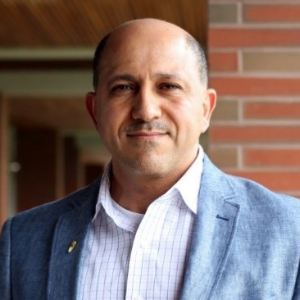
Hossam A Gabbar
Ontario Tech University, Canada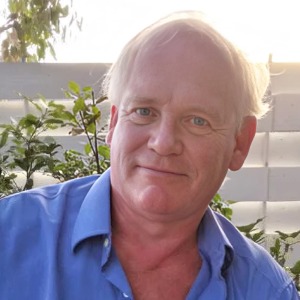
Victor John Law
University College Dublin, Ireland
Alexander Bagaturyants
National Research Nuclear University MEPhI, Russian Federation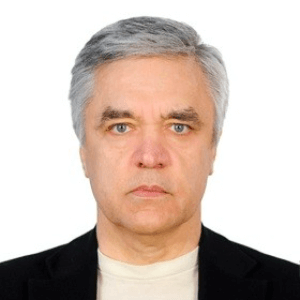
Sergey Suchkov
N.D. Zelinskii Institute for Organic Chemistry of the Russian Academy of Sciences, Russian Federation
Shree Niwas Chaturvedi
Centre for Aptitude Analysis and Talent Search, India
Pieter Samyn
SIRRIS, Belgium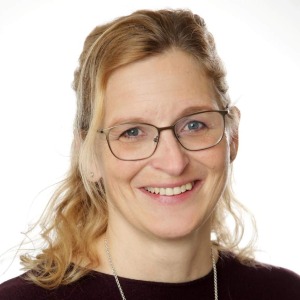
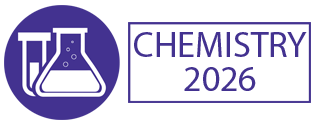



Title : Advances in plasma-based radioactive waste treatment
Hossam A Gabbar, Ontario Tech University, Canada
Title : Unraveling the ultrastructure and functions of the neuronal membrane skeleton using super-resolution fluorescence microscopy
Zhou Ruobo, Djillali Liabes University of Sidi Bel Abbes, Algeria
Title : Solar box cooker dehydration, and relative humidity endpoint detection, of lamiaceae culinary leaves on the island of Crete
Victor John Law, University College Dublin, Ireland
Title : Nutrient and heavy metal loads from the Ribeiras to Coastal zones: A land-ocean continuum perspective in Madeira Island
Aracelis Del Carmen Narayan Rajnauth, University of Porto, Portugal
Title : Prospective polyoxometalate-based covalent organic framework heterogeneous catalysts
Arash Ebrahimi, Comenius University Bratislava, Slovenia
Title : Eliminating implant failure in humans with nano chemistry: 30,000 cases and counting
Thomas J Webster, Brown University, United States